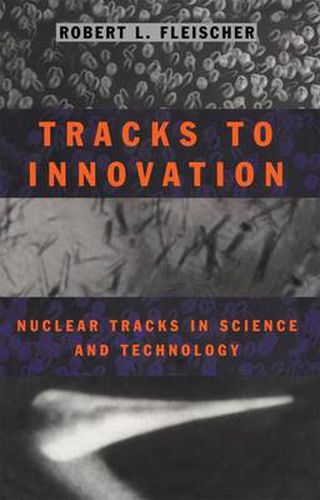Readings Newsletter
Become a Readings Member to make your shopping experience even easier.
Sign in or sign up for free!
You’re not far away from qualifying for FREE standard shipping within Australia
You’ve qualified for FREE standard shipping within Australia
The cart is loading…






This title is printed to order. This book may have been self-published. If so, we cannot guarantee the quality of the content. In the main most books will have gone through the editing process however some may not. We therefore suggest that you be aware of this before ordering this book. If in doubt check either the author or publisher’s details as we are unable to accept any returns unless they are faulty. Please contact us if you have any questions.
In the late 1950s, scientists at General Electric – among them the author – discovered that when mica is exposed to energetic charged particles, the particles leave latent tracks in the material. It soon turned out that glass, plastics, or certain other materials can be similarly treated. This discovery paved the way not only for a new and useful method of measuring radioactivity, it has also found widespread applications in other fields, ranging from geology and materials science to archaeology and art history. Fleischer presents the history of these developments and discusses the applications of the technique in a way that will interest anyone even with only a minimal knowledge of physics.
$9.00 standard shipping within Australia
FREE standard shipping within Australia for orders over $100.00
Express & International shipping calculated at checkout
This title is printed to order. This book may have been self-published. If so, we cannot guarantee the quality of the content. In the main most books will have gone through the editing process however some may not. We therefore suggest that you be aware of this before ordering this book. If in doubt check either the author or publisher’s details as we are unable to accept any returns unless they are faulty. Please contact us if you have any questions.
In the late 1950s, scientists at General Electric – among them the author – discovered that when mica is exposed to energetic charged particles, the particles leave latent tracks in the material. It soon turned out that glass, plastics, or certain other materials can be similarly treated. This discovery paved the way not only for a new and useful method of measuring radioactivity, it has also found widespread applications in other fields, ranging from geology and materials science to archaeology and art history. Fleischer presents the history of these developments and discusses the applications of the technique in a way that will interest anyone even with only a minimal knowledge of physics.